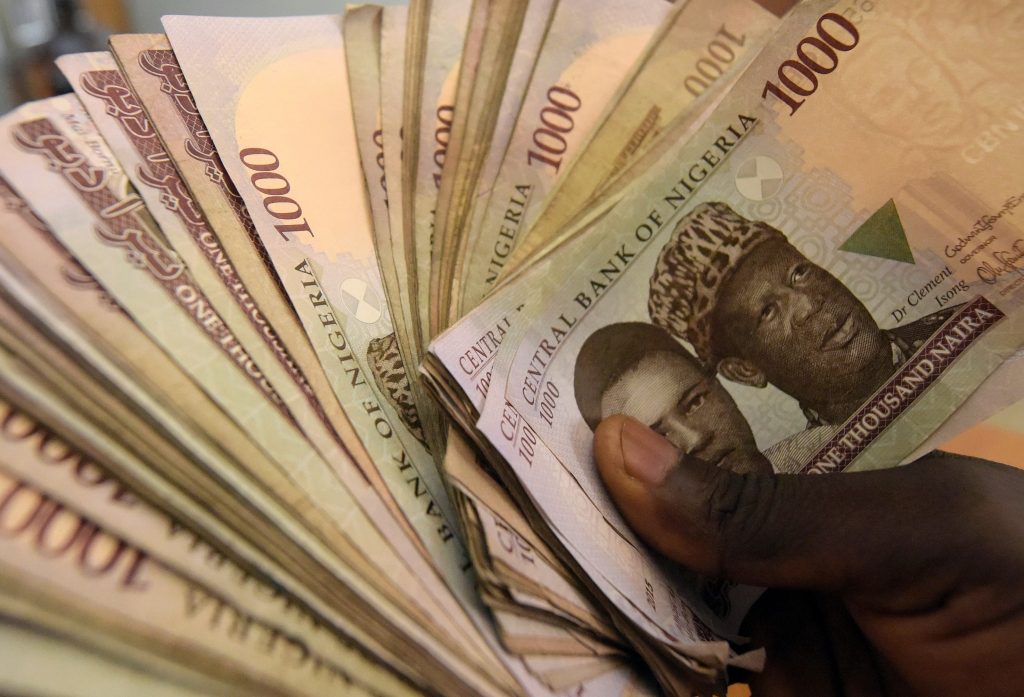Nigeria’s 36 states and the Federal Capital Territory generated a sum of ₦1.33 trillion in 2019, a 14.1 percent increase compared to ₦1.17 trillion generated in 2018. This is according to the latest Internally Generated Revenue (IGR) report released by the National Bureau of Statistics.
The report shows that 83.4 percent (₦1.11 trillion) of the generated revenue was in the form of taxes, while 16.6 (₦221.56 billion) was from MDAs’ revenue. Also, 33 states including Abuja recorded positive growth in revenue, while 4 others generated less in 2019 compared to 2018. Read the breakdown here.
Below is the Ventures Africa Weekly Economic Index, for the week ending 22nd of May 2020. This economic index gives you a glimpse into other recent activities in Nigeria’s economy as well as changes and prices that could affect the economy:
Nigerian Stock Exchange

Data released by the Nigerian Stock Exchange (NSE) as of May 22, 2020, showed that the NSE All-Share Index and Market Capitalization both appreciated by 5.59 percent to close the week at 25,204.75 and N13.136 trillion respectively. All other indices finished higher with the exception of NSE ASeM which closed flat.
Top price gainers and decliners in the week under review:
Top five price gainers
Unilever Nigeria Plc.
Red Star Express Plc.
BUA Cement Plc.
11 Plc.
UACN Plc.
Top five price decliners
Arbico Plc.
Afromedia Plc.
Royal Exchange Plc.
Lasaco Assurance Plc.
Cornerstone Insurance Plc.
How did the Naira fare?

The Nigerian currency slid against the dollar at the close of last week, trading at 388 Naira per dollar, a decrease from the 385 per dollar recorded a week before.
How did the price of oil fare?
Oil on Friday 22nd of May 2020 maintained its weekly surge as international benchmark Brent rose to $37.40 from $34.90 a week earlier, its highest level in over two months. The impressive rally in prices has been due to a raft of factors such as China’s oil demand that climbed back to about 13 million barrels per day, fueling positive market sentiment.
More so, there has been a rapid curb on production in North America combined with the OPEC+ production cuts, meaning the supply side of the equation is doing its part. More than 2.2 million barrels per day of U.S. oil production has been shut-in, according to reports. Also, several investment bank forecasts have predicted a supply deficit in the second half of 2020.








